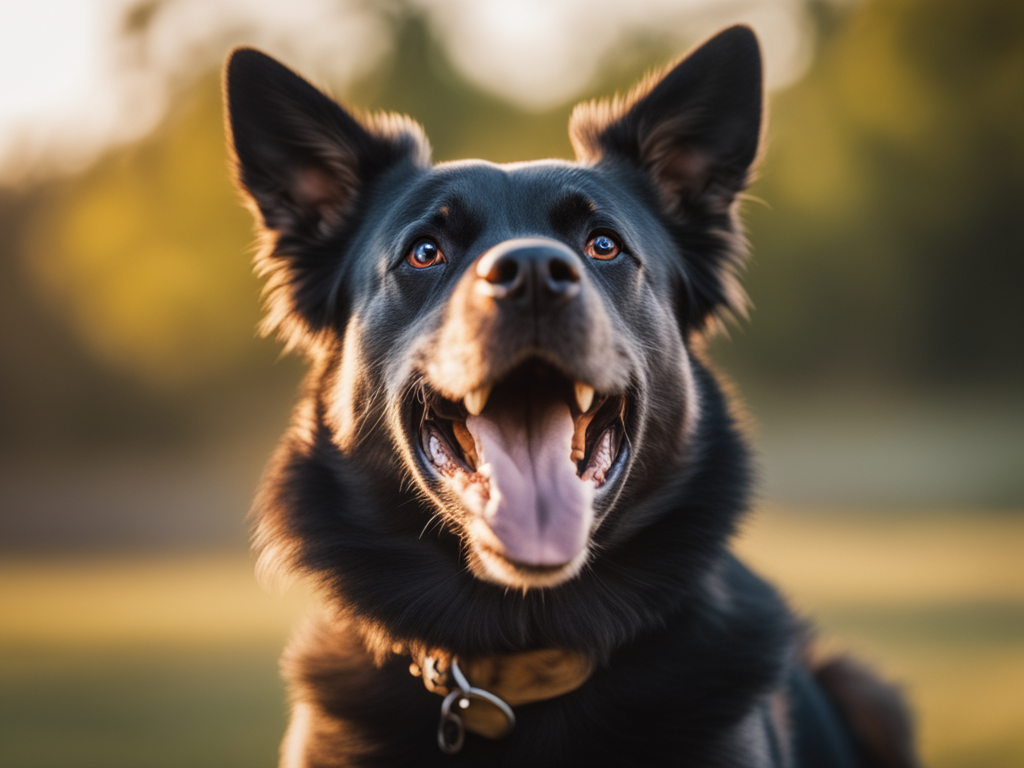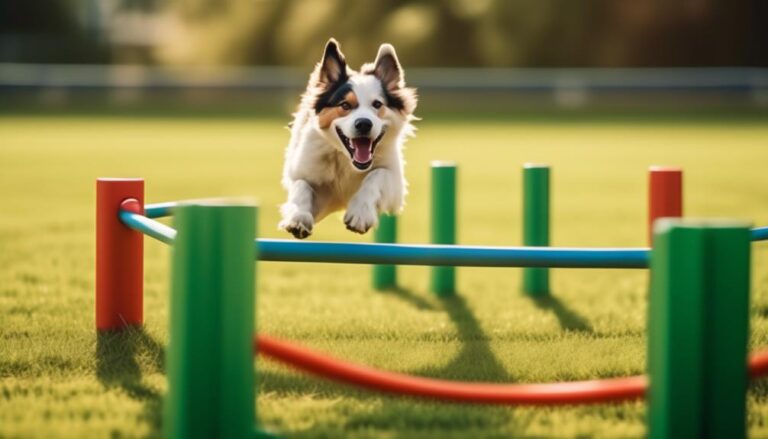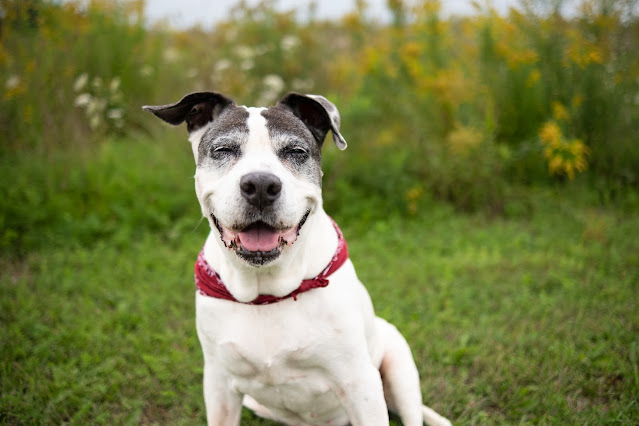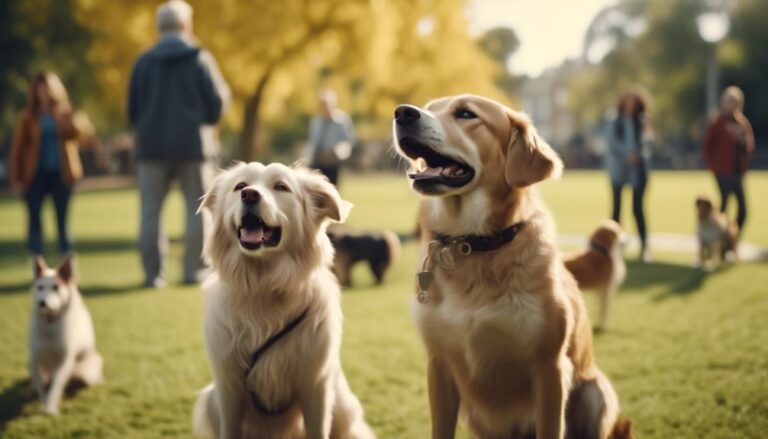How Do I Get My Dog To Stop Biting

How Do I Get My Dog To Stop Biting? Dogs can be our best friends, but sometimes they develop habits that are less than desirable. One such habit is biting. If your furry friend has taken up this behavior, it’s important to address it as soon as possible. In this blog post, we’ll explore the reasons behind your dog’s biting and provide you with effective techniques to get your dog to stop biting for good.
Understanding why a dog bites is the first step in solving the problem. There are various reasons, ranging from fear and aggression to playfulness. By identifying the root cause, you can tailor your approach for the best results.
Ready to turn your dog’s chomp into a gentle touch? Let’s dive into the methods that will help you achieve a bite-free household.
Understanding Dog Biting Behavior
Dogs are known for their loyalty, obedience, and love for their owners. However, there are times when they may exhibit aggressive behavior, particularly biting. As a dog owner, it is important to understand why dogs bite and the different types of biting to prevent such scenarios from happening.
Why Do Dogs Bite?
Dogs bite for various reasons, which can range from fear, aggression, pain, or even playfulness. Understanding the underlying cause of your dog’s biting behavior is crucial in curbing it. Fear biting, for instance, occurs when a dog feels threatened or intimidated. It is a defensive mechanism to protect themselves from a perceived danger. Similarly, dogs may bite out of aggression when they feel their space, toys, or food is being threatened.
Pain-induced biting occurs when a dog is in pain, and bites to express its discomfort. Play biting, on the other hand, is common among puppies who are still learning how to socialize and interact with their environment. It is a natural behavior that subsides as they grow older and learn to play without biting.
Different Types of Biting
The different types of biting are categorized based on the severity of the bite and the intention behind it. Minor bites are those that cause little to no harm, such as play biting or nipping. Moderate bites, on the other hand, can cause injuries that require medical attention, such as deep cuts or puncture wounds. Severe bites are those that can be fatal, such as attacks by aggressive dogs.
Additionally, biting can be classified as provoked or unprovoked. Provoked biting occurs when a dog feels threatened or provoked, while unprovoked biting happens suddenly without any warning signs.
Training Techniques to Stop Biting
As a dog owner, one of the most common challenges you will face is biting. This is a natural behavior for puppies who are still learning how to interact with their surroundings. However, it is important to teach your furry friend that biting is not acceptable. In this section, we will discuss three effective training techniques to stop biting: positive reinforcement training, redirecting your dog’s attention, and using deterrents.
Positive Reinforcement Training
Positive reinforcement training is a method that involves rewarding your dog for good behavior. When your dog displays good behavior, such as refraining from biting, you can give them a treat, praise, or affection. This technique is effective because it teaches your dog that good behavior results in positive outcomes. Over time, your dog will learn that biting is not acceptable and will stop the behavior.
Redirecting Your Dog’s Attention
Another effective technique to stop biting is redirecting your dog’s attention. When your dog starts to bite, you can distract them by offering them a toy or a chew bone. This will redirect their attention away from biting and onto the toy. With consistent redirection, your dog will learn that toys are for chewing and not fingers or other body parts.
Using Deterrents
Deterrents are another effective technique for stopping biting. There are various types of deterrents available, including bitter sprays and noise-makers. When your dog starts to bite, you can use a deterrent to make them stop. The unpleasant taste or sound will discourage your dog from biting in the future. However, it is important to use deterrents sparingly and to avoid using them as the sole method of training.
——————————-
Get access to the best pet discounts, items, and training by clicking the link below
————————————-
Common Mistakes to Avoid When Training Your Dog to Stop Biting
If you’re a dog owner who’s struggling with a biting problem, you’re not alone. Many dog owners deal with this issue, but it’s important to know that there are effective ways to help your dog overcome this behavior. However, it’s also important to know what mistakes to avoid when working on biting issues with your dog. Here are the most common mistakes you should avoid:
Physical Punishment
One of the biggest mistakes you can make when trying to stop your dog from biting is to use physical punishment. This can include hitting, spanking, or using any other kind of physical force. Not only is this ineffective in stopping the biting behavior, but it can also lead to your dog becoming fearful of you and potentially aggressive.
Inconsistency in Training
Another mistake to avoid is being inconsistent in your training methods. If you’re not consistent with the rules and expectations you set for your dog, it can be confusing for them and make it harder for them to understand what you want from them. Make sure everyone in your household is on the same page when it comes to training your dog, and stick to a routine to help reinforce good behavior.
Ignoring Underlying Issues
Finally, it’s important not to ignore any underlying issues that may be contributing to your dog’s biting behavior. For example, your dog may be biting because they’re anxious, in pain, or feel threatened in certain situations. If you don’t address these underlying issues, it can be difficult to effectively stop the biting behavior.
By avoiding these common mistakes, you can increase your chances of successfully training your dog to stop biting. Remember to always be patient and consistent in your training methods, and seek professional help if you’re not seeing the results you want.
Seeking Professional Help
If your dog’s biting behavior is persistent and doesn’t seem to improve despite your efforts, it might be time to consider seeking professional help. There are several options available, two of which are consulting with a veterinarian and hiring a professional trainer.
When to Consider a Professional Trainer
If your dog’s biting is aggressive and poses a risk to your safety or the safety of others, it’s important to seek help from a professional trainer who can work with you and your dog to modify the behavior. Additionally, if you’ve tried different methods to stop the biting behavior but none of them have worked, a professional trainer can provide an objective perspective and come up with a tailored plan to address the issue.
When hiring a professional trainer, make sure to do your research and choose someone who has experience working with biting behavior. Look for professionals who use positive reinforcement methods rather than punishment-based techniques.
Consulting with a Veterinarian
Before seeking help from a professional trainer, it’s important to rule out any medical issues that may be causing your dog’s biting behavior. A veterinarian can examine your dog and determine if any underlying health issues need to be addressed.
In some cases, biting behavior can be a symptom of an underlying medical condition such as dental pain, a skin condition, or an illness that affects the dog’s behavior. Once any medical issues have been addressed, a veterinarian can also provide advice on behavior modification techniques to help stop the biting behavior.
Remember, seeking professional help doesn’t mean you’ve failed as a dog owner. It’s a responsible step to take to ensure the safety and well-being of your dog and those around you.
Conclusion
In conclusion, getting your dog to stop biting requires patience, consistency, and understanding. It is essential to address the underlying cause of the biting behavior and provide appropriate training and socialization to prevent it from happening. Remember to reward good behavior and never punish your dog physically, as this may only worsen the problem. With the right approach and some time, you can help your furry friend overcome their biting habits and enjoy a happy, healthy relationship with them. Don’t forget to consult with a professional trainer or behaviorist if you need additional guidance or support.
How Do I Get My Dog To Stop Biting FAQ:
Why Is My Dog Biting?
First and foremost, it’s important to understand that biting is a natural behavior for a dog. It’s their way of communicating and expressing themselves. However, there are various reasons why a dog might resort to biting, such as fear, aggression, pain, or even playfulness. It’s important to identify the root cause of your dog’s biting behavior in order to effectively address it.
How Do I Train Not To Bite?
Training your dog not to bite requires consistency and patience. One of the most effective ways to do this is through positive reinforcement. Whenever your dog displays good behavior and refrains from biting, reward them with treats, toys, or praise. You can also use negative reinforcement by withholding attention or treats when they bite.
It’s important to be proactive in preventing biting behavior by providing plenty of exercise, socialization, and mental stimulation. Teaching your dog “leave it” and “drop it” commands can also help redirect their focus and prevent them from biting inappropriate objects or people.
What Should I Do If My Dog Bites Someone?
If your dog bites someone, it’s important to take immediate action. First, make sure the victim receives medical attention, if necessary. Then, contact your veterinarian or a qualified professional for guidance on how to address the behavior. Depending on the severity of the bite and the circumstances surrounding it, you may need to seek legal advice or file a report.
What Not To Do When Training A Dog Not To Bite
There are several common misconceptions when it comes to training a dog not to bite. One of the biggest mistakes is using physical punishment or aggression toward the dog. This can actually increase the likelihood of biting behavior and damage the bond between you and your dog.
It’s also important not to use force or intimidation to correct your dog’s behavior. This can cause fear and anxiety in your dog and ultimately make the biting behavior worse.








